Deer Management Explained
What is Deer Management?
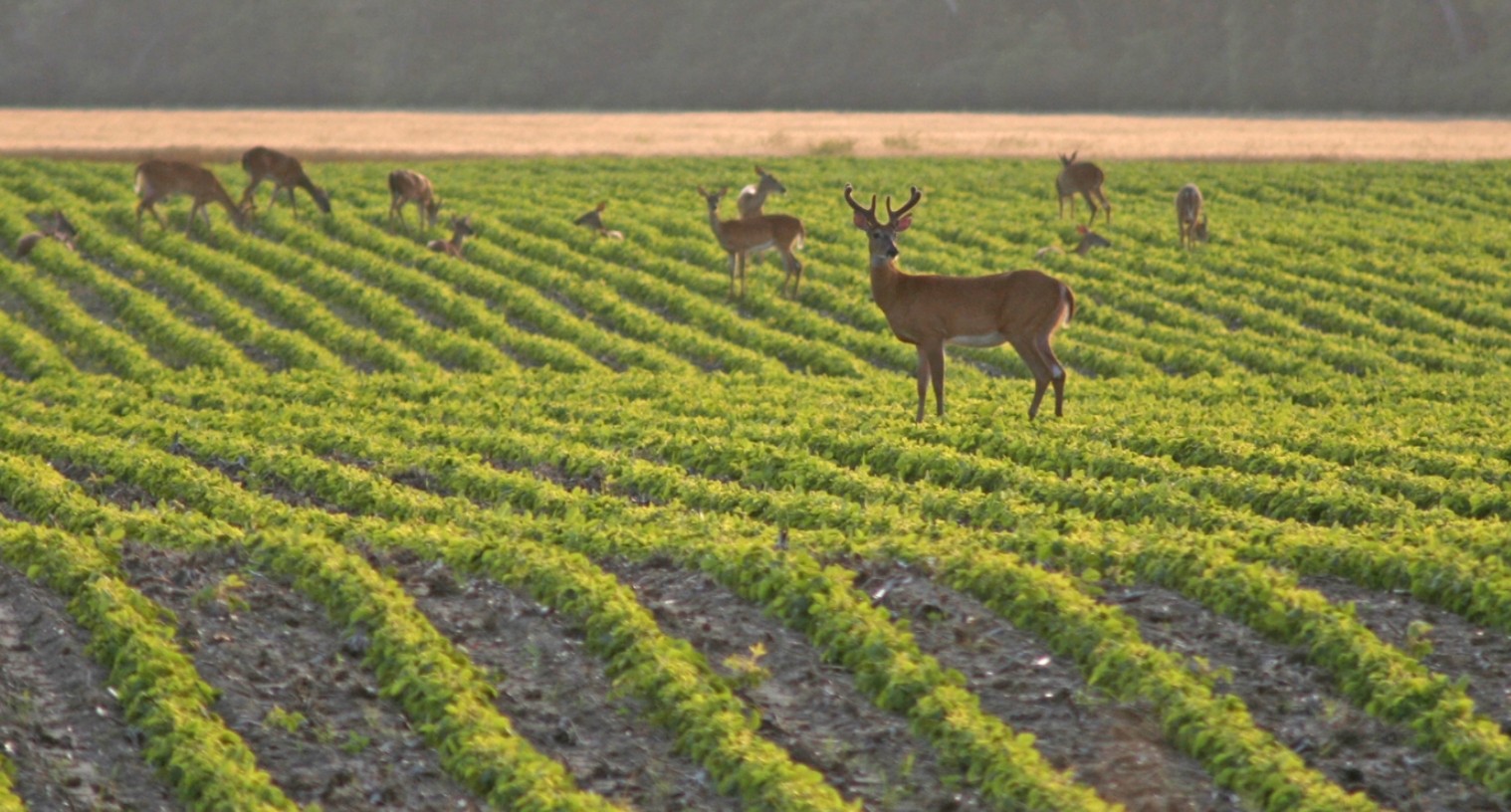
Here are some objectives of deer management
Protect the environment
Deer management helps protect and restore natural habitats and the species that depend on them.
Prevent damage
Deer management prevents damage to agriculture, forestry, and nature.
Reduce vehicle collisions
Deer management reduces the number of vehicle collisions involving deer.
Benefit deer welfare
Deer management benefits the welfare of deer.
Provide food
Deer management provides a sustainable food source.
What Happens if Deer Numbers are Not Controlled?
Agricultural impact
Deer can reduce food output, making food more expensive and difficult to produce.
Forestry impact
Deer can damage forestry and agricultural crops.
Human safety impact
Deer can increase the risk of road accidents.
Disease spread
Deer can spread disease and become prone to disease themselves.
Starvation
Without predators, deer are more likely to suffer from starvation as numbers grow.
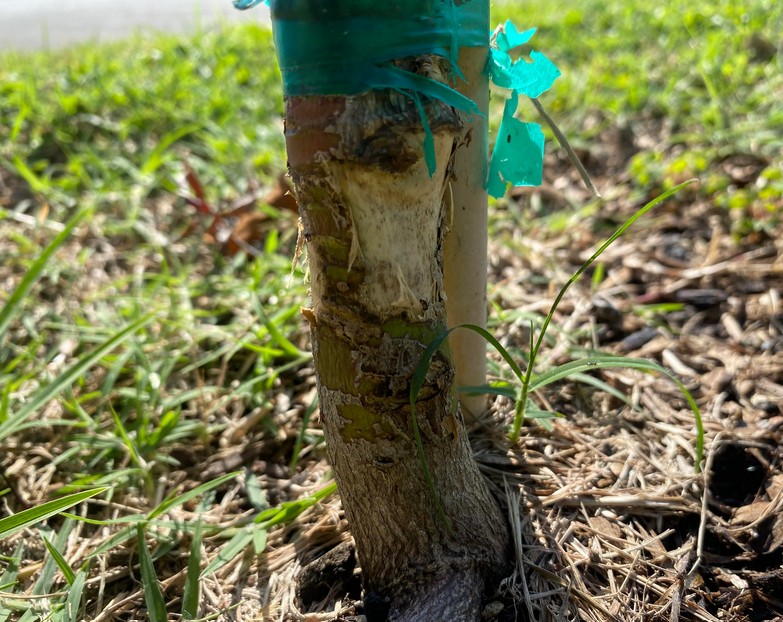
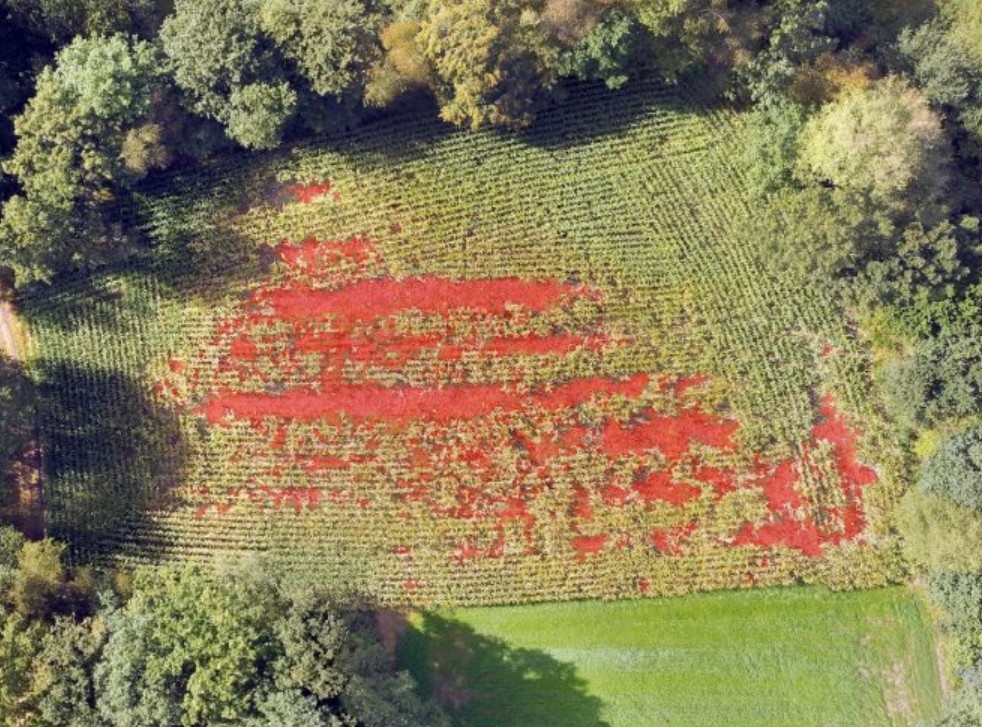

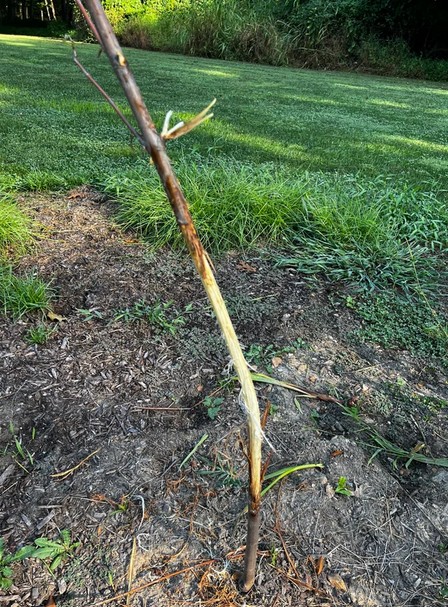
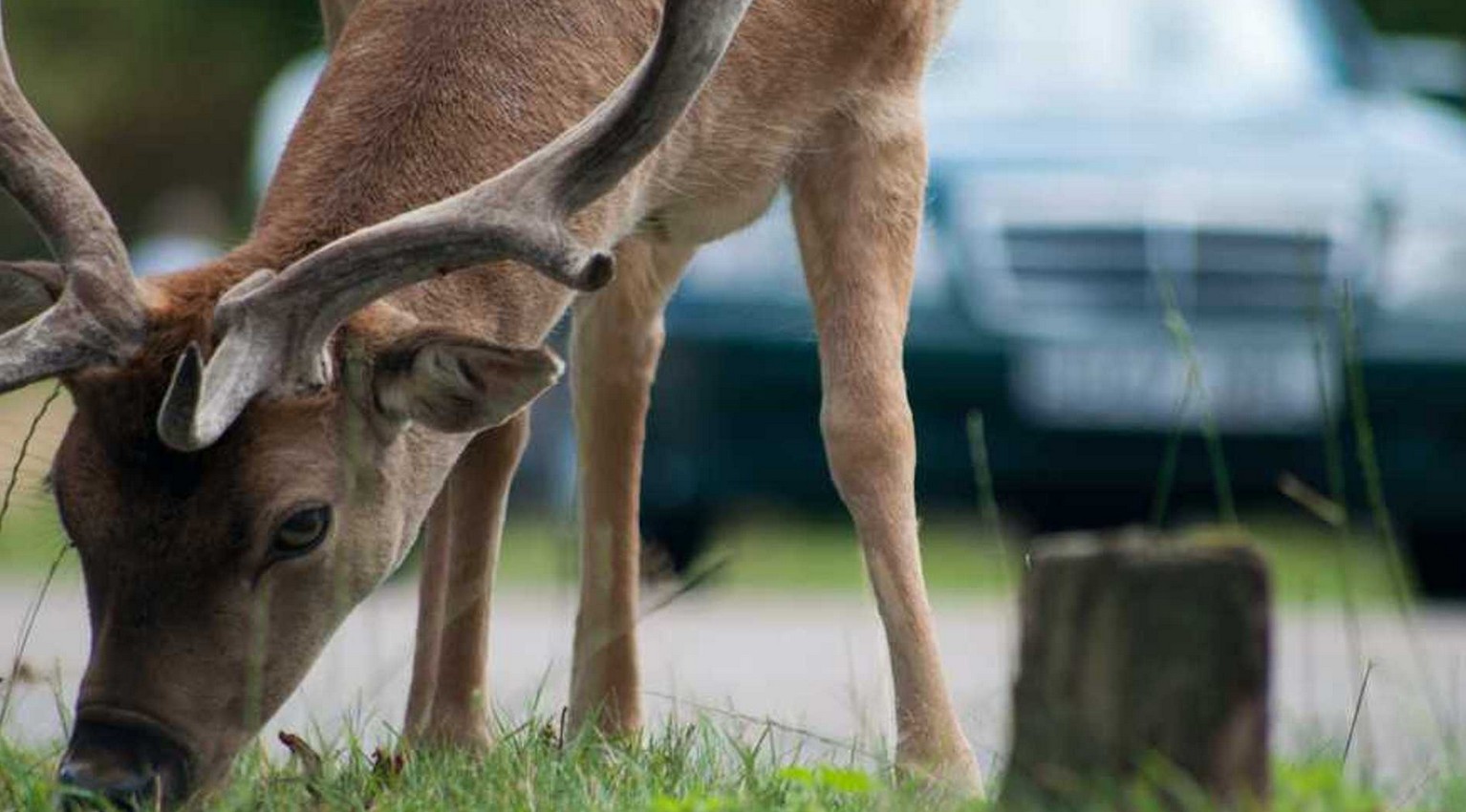
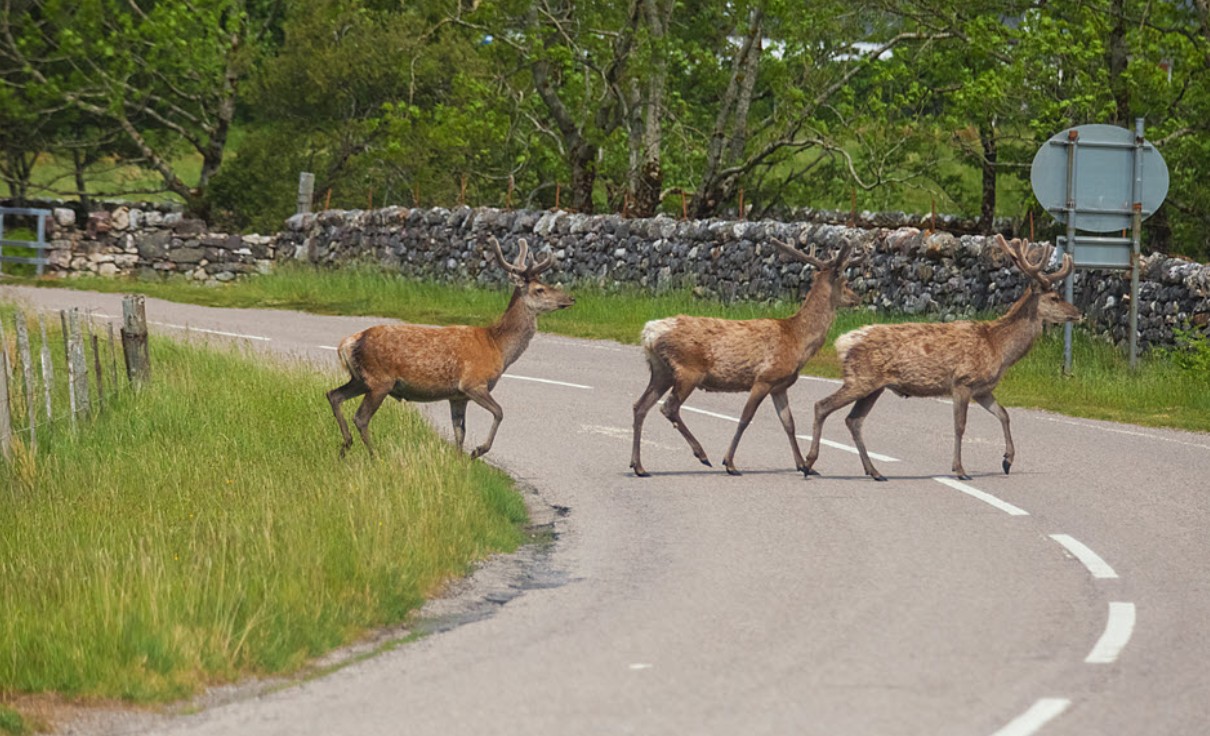
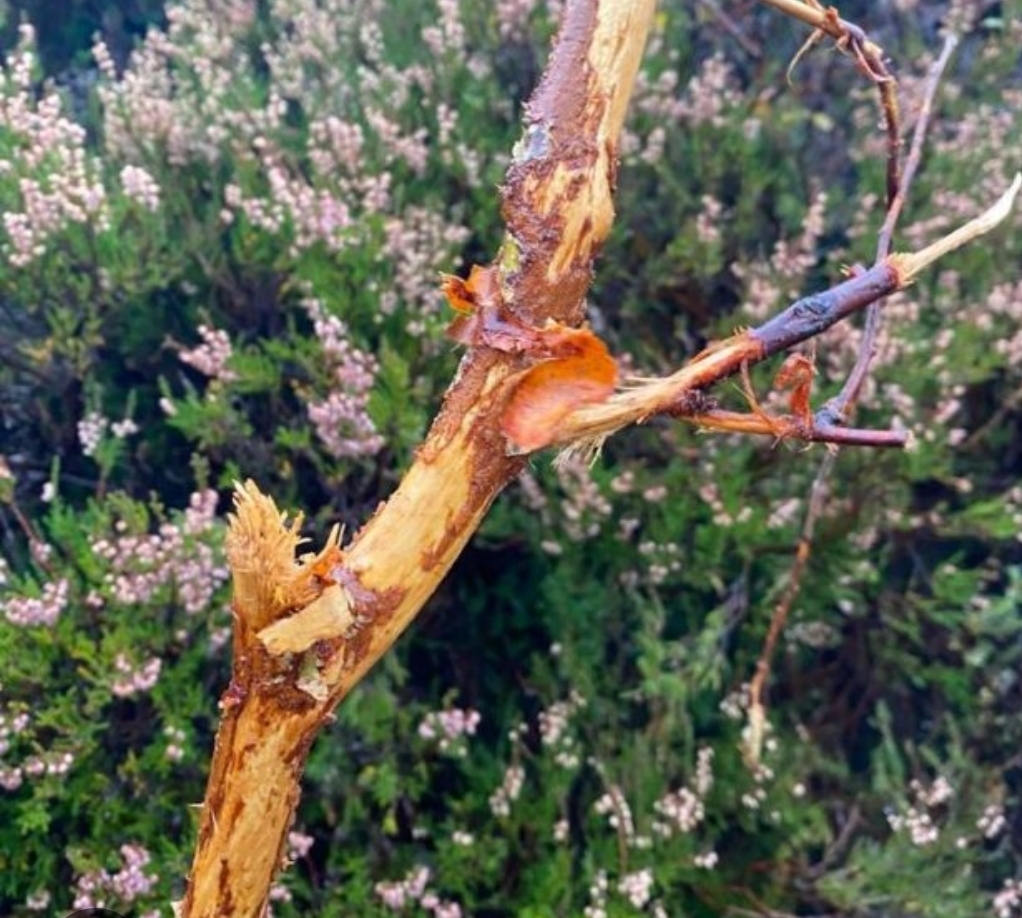
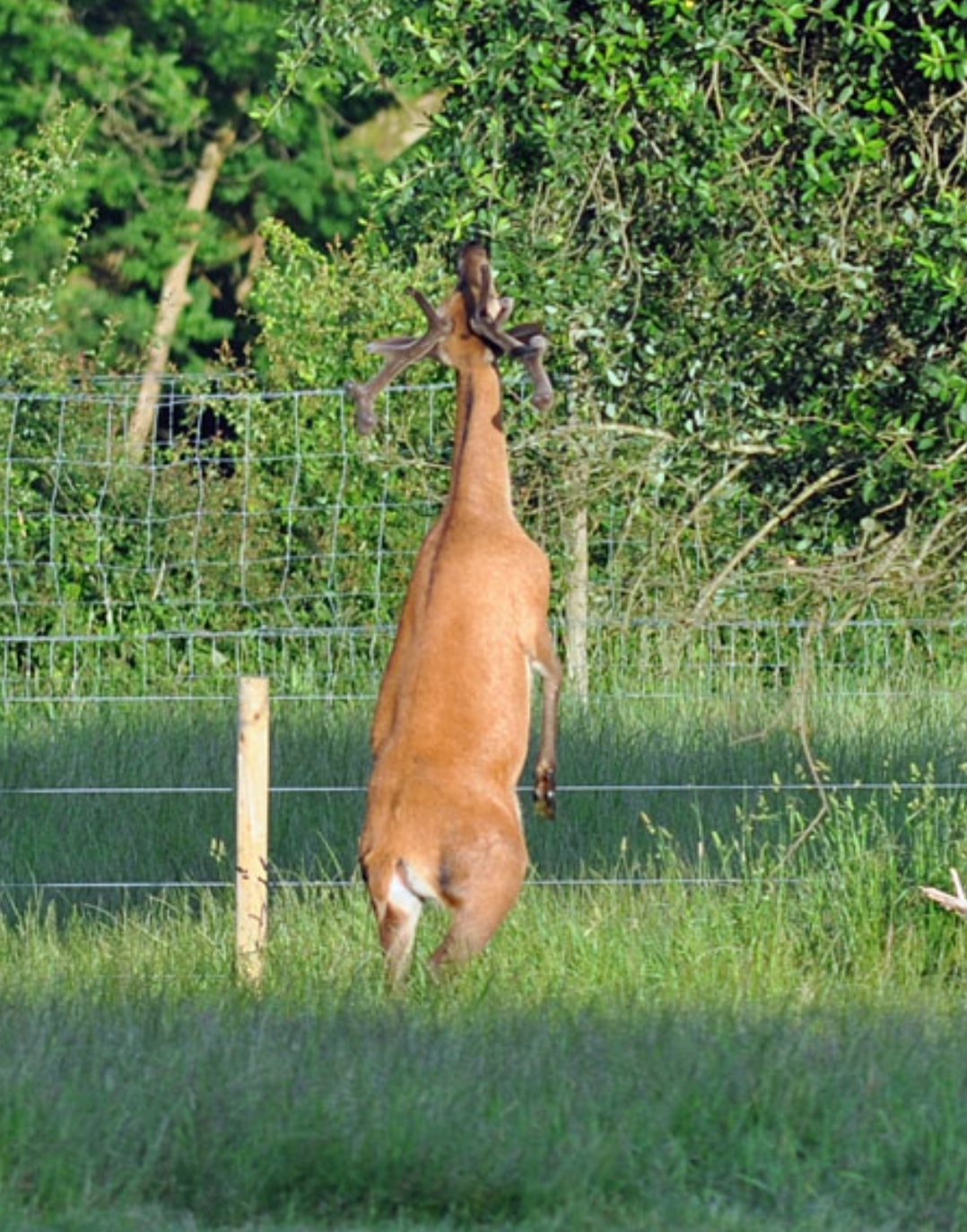
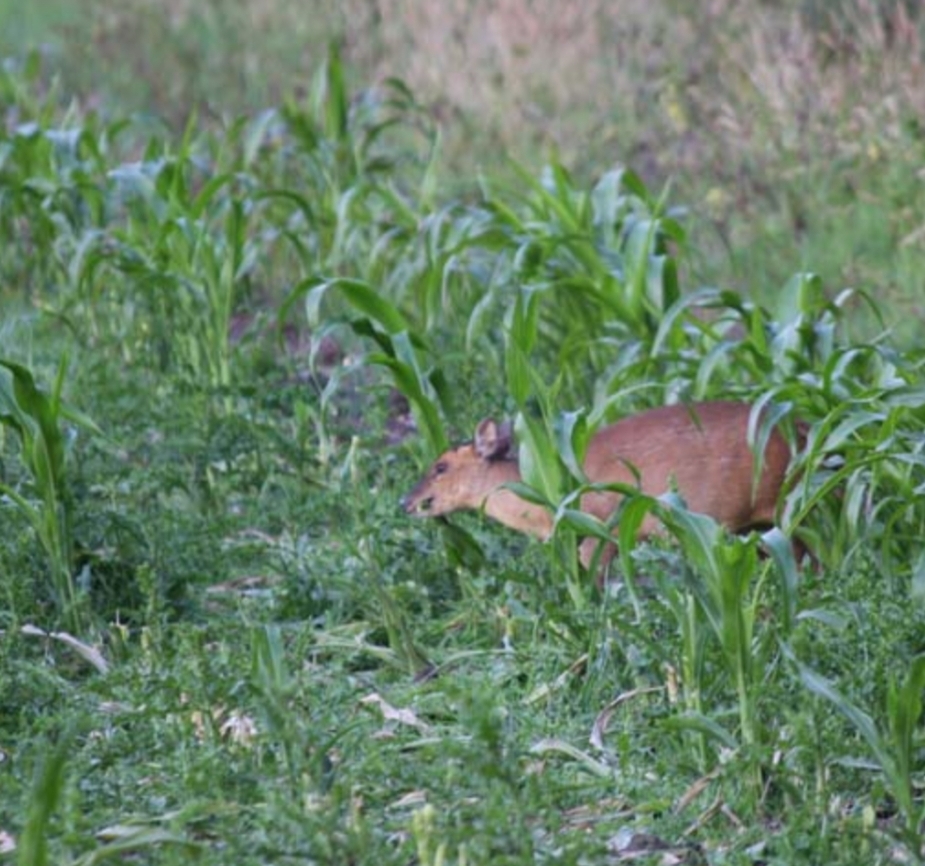
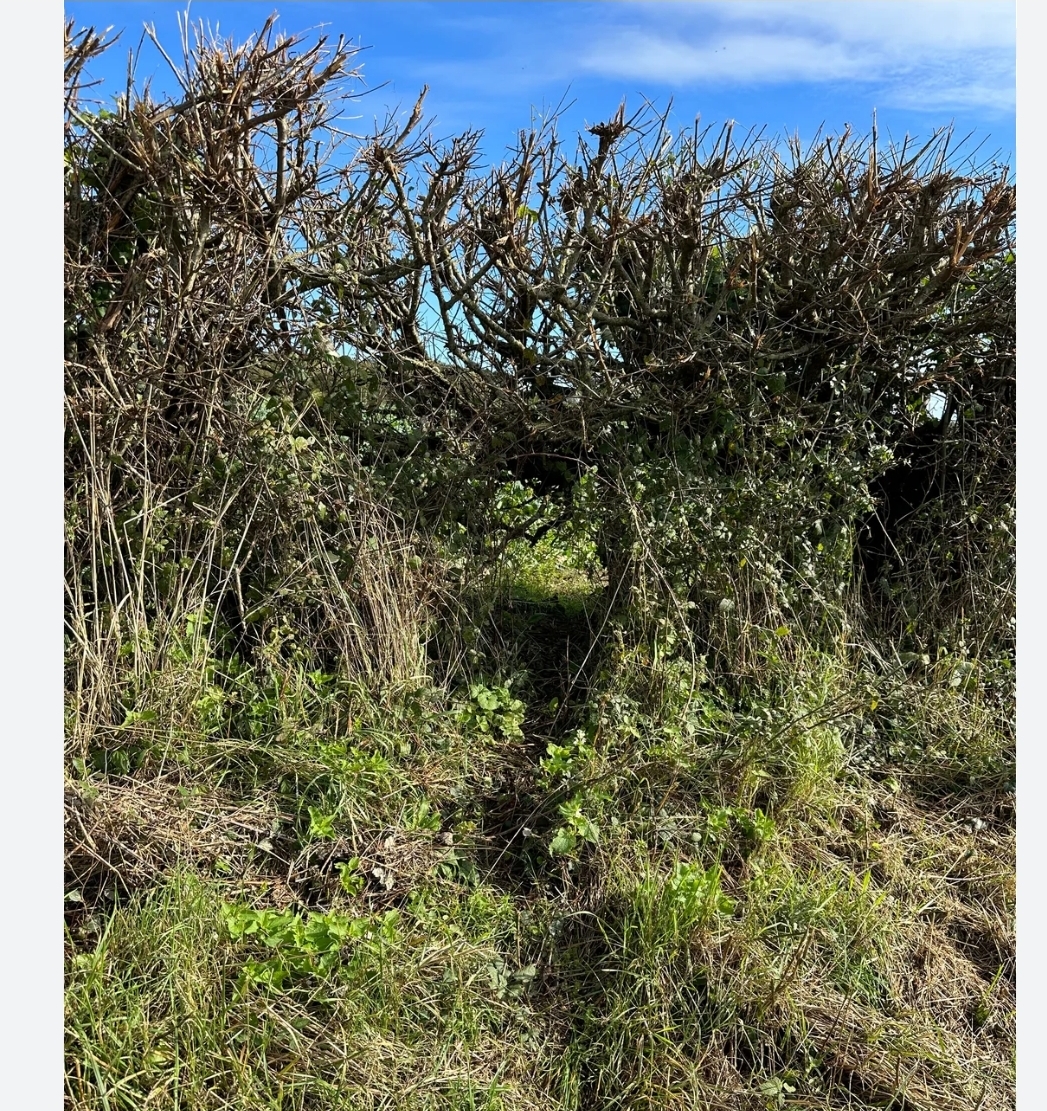
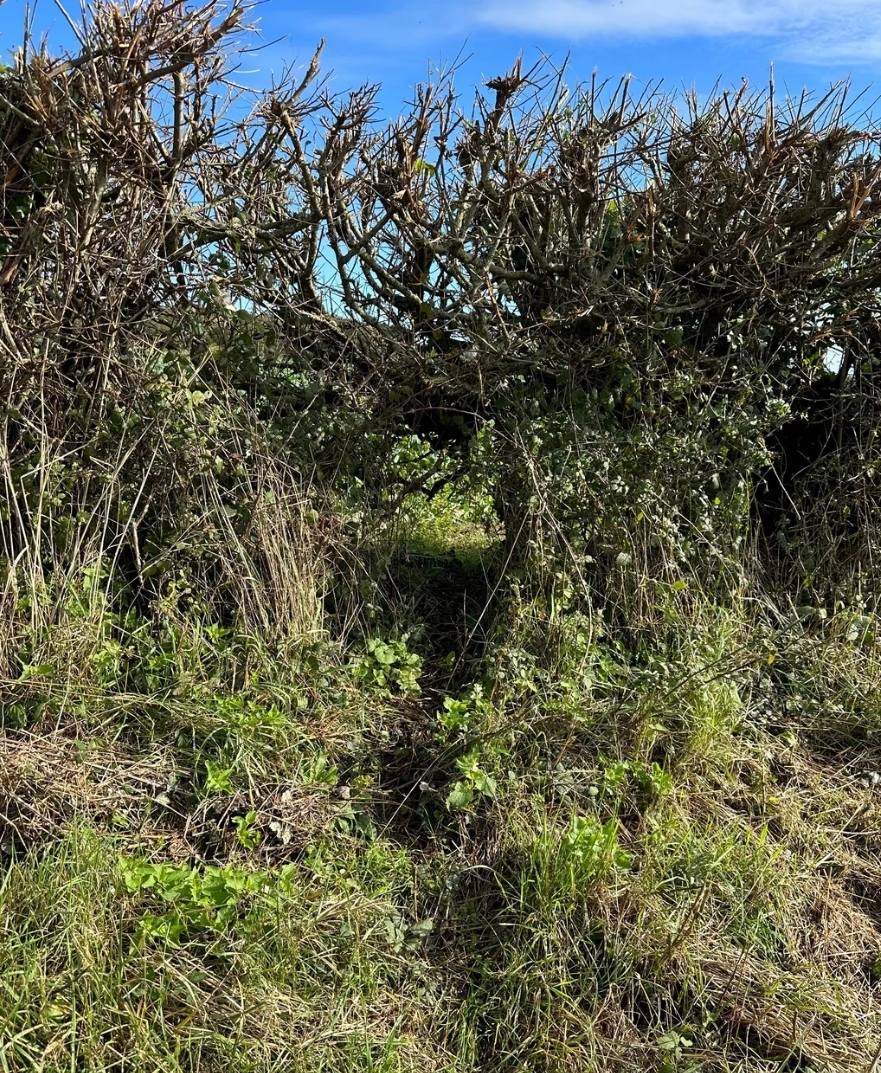
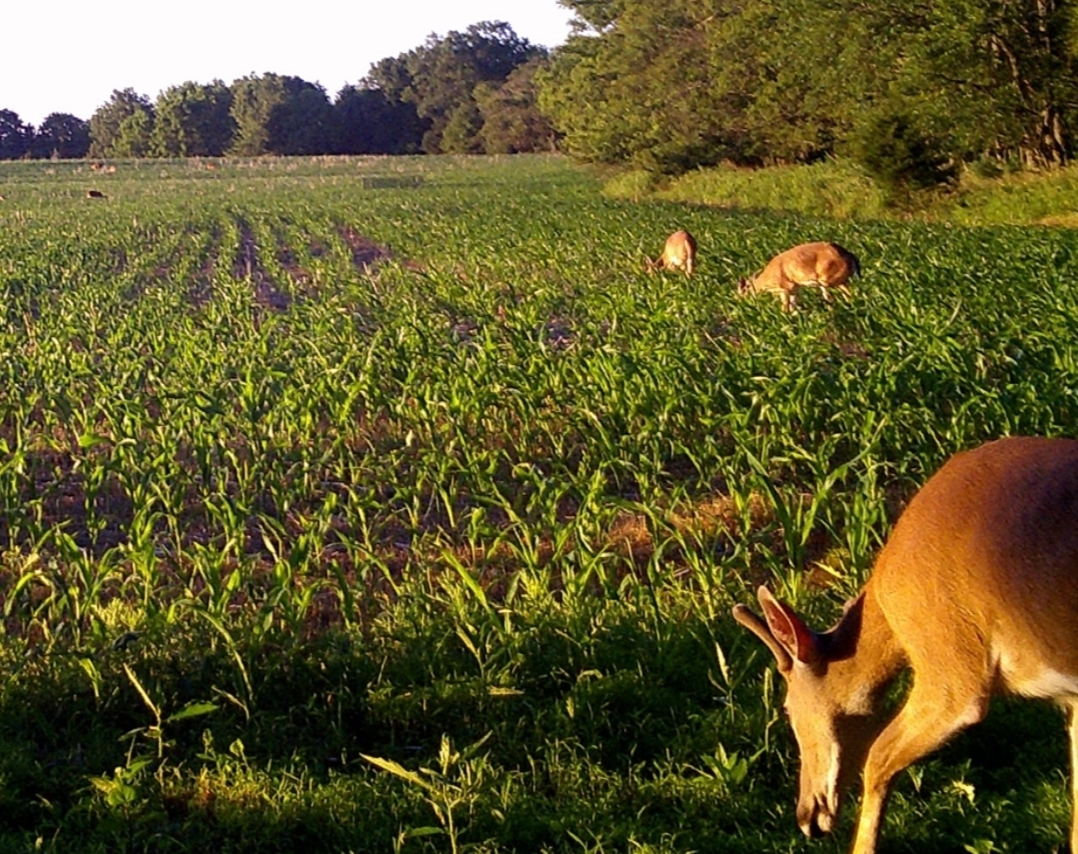
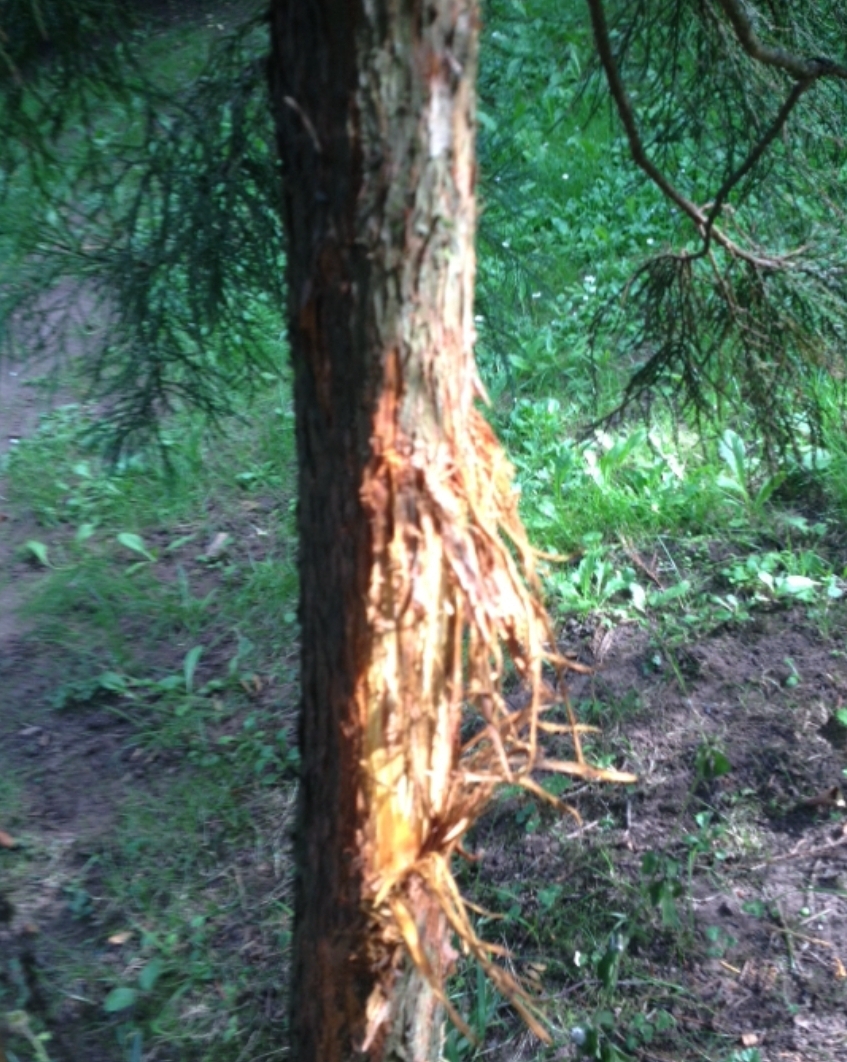
Road traffic accidents involving deer present a major problem in the UK as well as in many other countries in Europe.